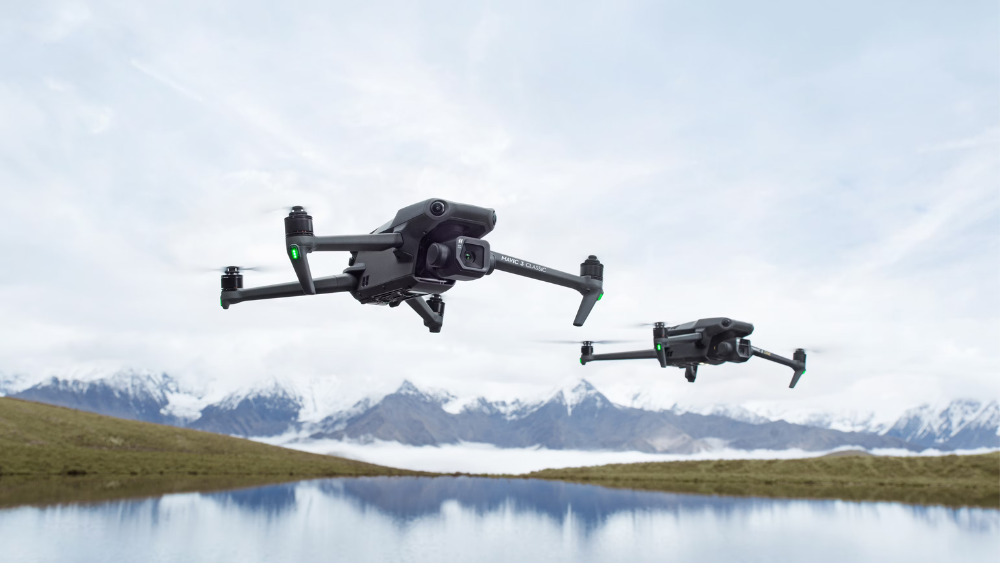
Introduction
In the span of just over a decade, DJI has transformed from a small tech startup into a titan of the drone industry, setting standards for innovation and quality that others strive to match. This blog explores DJI’s journey from its humble beginnings to becoming the global leader in drone technology, highlighting the key milestones and strategies that have shaped its success.
The Early Years and Founding
DJI’s story begins in 2006 in a small office in Shenzhen, China. At that time, Frank Wang, a recent graduate from the Hong Kong University of Science and Technology, founded the company. From the start, his vision was clear: make aerial photography and videography accessible to everyone. However, the journey was not easy. DJI faced several early challenges, including limited funding and intense competition in Shenzhen’s booming tech scene. Despite this, the company stayed focused. Moreover, its strong commitment to innovation helped it stand out quickly. DJI began developing and patenting its own flight control systems. As a result, this technology became the core of its future drone success.
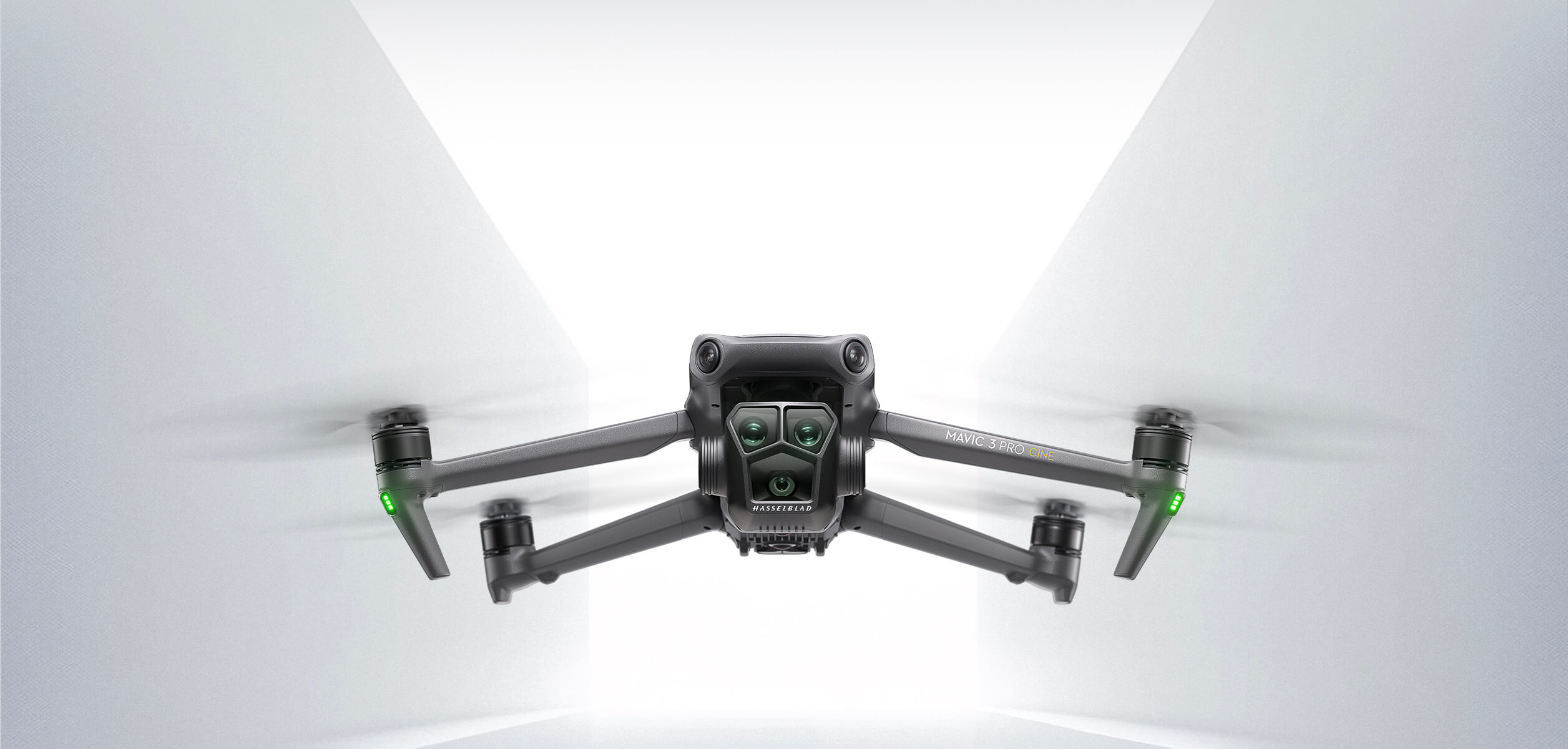
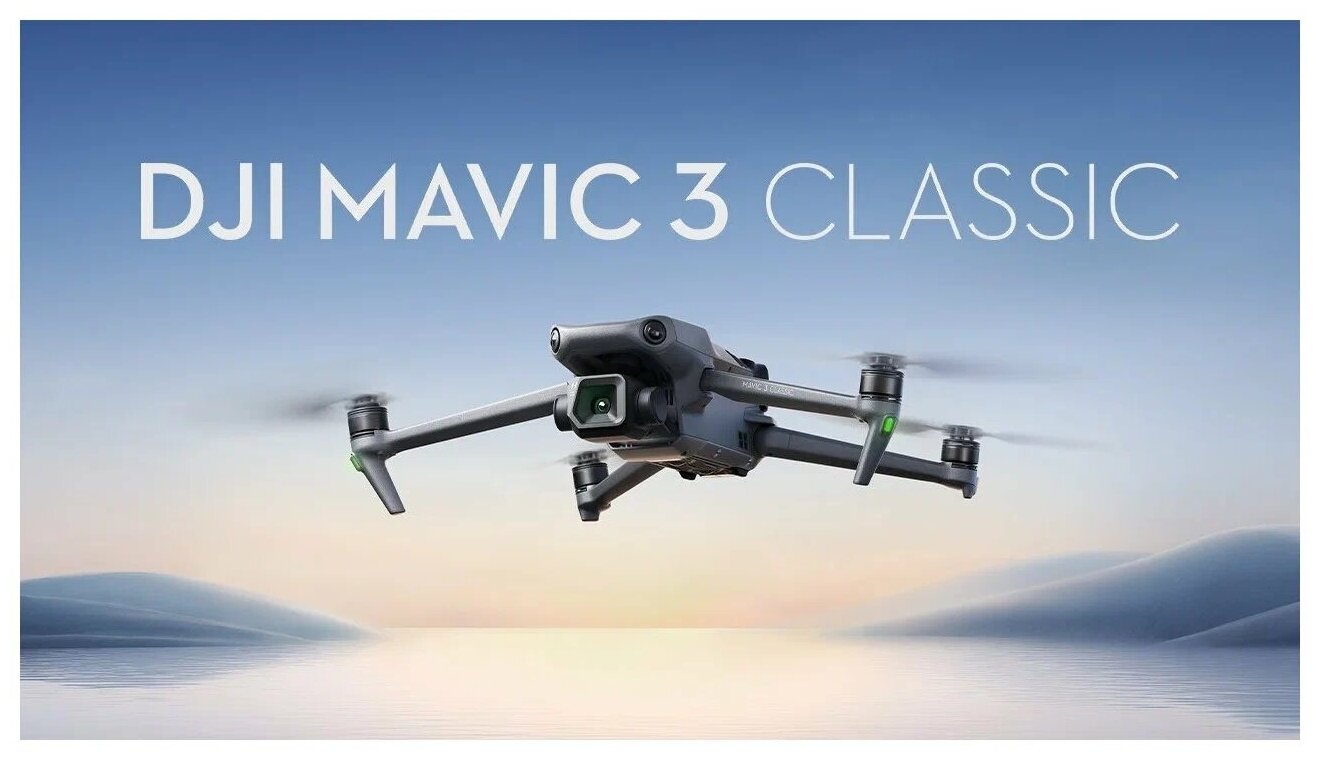
Innovations and Product Development
The turning point for DJI came with the launch of the Phantom series in 2013. These drones were not only affordable but also user-friendly and equipped with GPS and camera stabilization systems, which were revolutionary at the time. The Phantom series set a new standard in the consumer drone market, effectively establishing DJI as a household name among aerial photography enthusiasts. Following this, DJI continued to innovate with products like the Mavic series, which offered portability through a foldable design, and the Inspire series, which targeted professional cinematographers with its advanced camera capabilities.
Global Expansion and Market Dominance
DJI’s global expansion was methodical and strategic. By establishing offices in the United States, Germany, and the Netherlands, DJI was able to tap into key markets and adapt its products to meet diverse consumer needs. This global footprint not only increased DJI’s sales but also solidified its reputation as a reliable and leading technology provider worldwide. Today, DJI holds a commanding share of the consumer drone market, with its products being synonymous with quality and innovation.
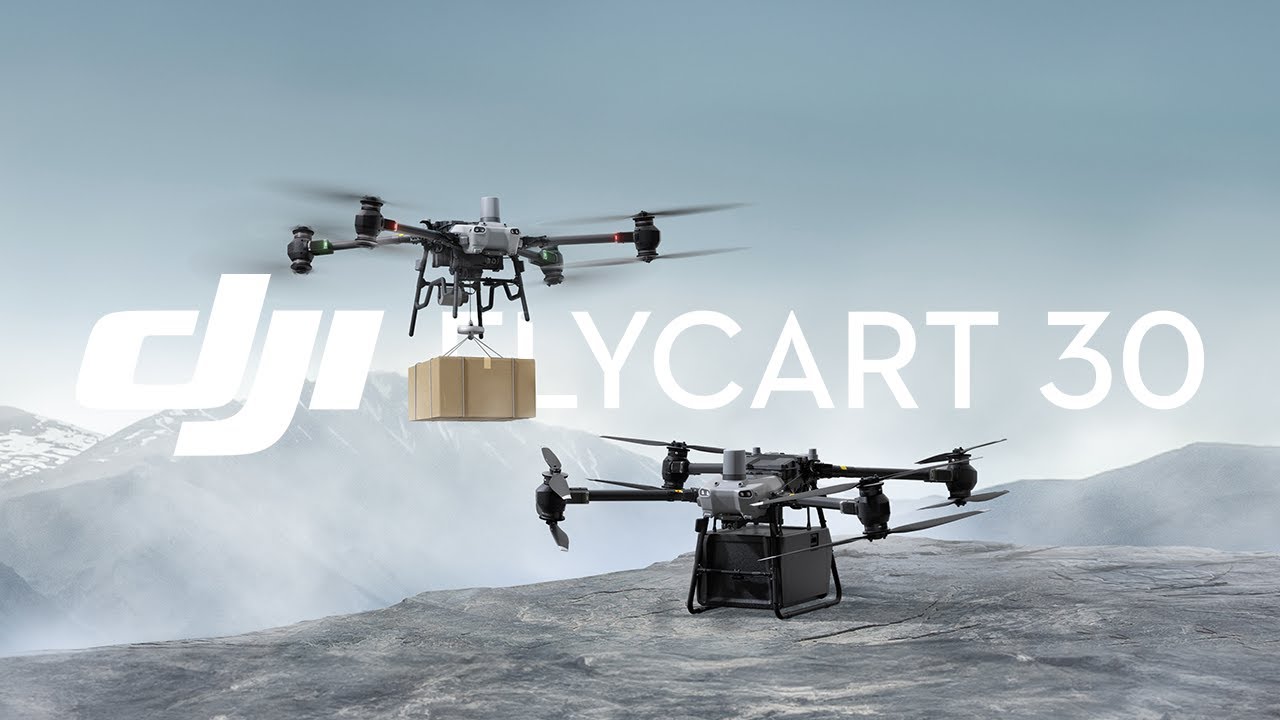

Challenges and Controversies
Despite its success, DJI has not been without controversy. Issues such as data privacy concerns and the use of its drones in sensitive or regulated areas have led to scrutiny from various governments and regulatory bodies. These challenges have forced DJI to adapt quickly, implementing stricter data handling protocols and engaging more actively with regulatory authorities to ensure compliance and maintain consumer trust.
Future Outlook and Industry Impact
Looking ahead, DJI is set to maintain its leadership in the drone industry. The company continues to invest heavily in research and development. Moreover, it focuses on emerging technologies like artificial intelligence and autonomous flight. These innovations will likely shape the future of drone capabilities. In addition to consumer products, DJI is expanding into commercial and industrial sectors. As a result, it aims to transform industries such as agriculture, construction, and public safety. Furthermore, DJI’s growing portfolio of enterprise solutions highlights its commitment to solving real-world challenges. With this momentum, DJI is ready to lead the next wave of drone innovation.
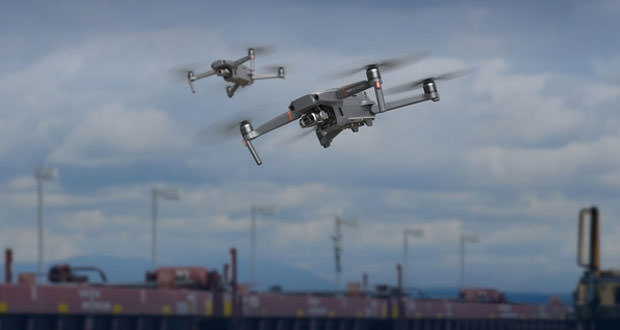
Conclusion
From its inception as a visionary startup to its status as a leader in global drone technology, DJI’s journey is a testament to the power of innovation and strategic market positioning. As the company continues to navigate both technological advancements and market challenges, its role in shaping the future of aerial and autonomous technology remains undeniable. DJI is not just flying drones; it’s setting the pace for the technological horizons of tomorrow.





